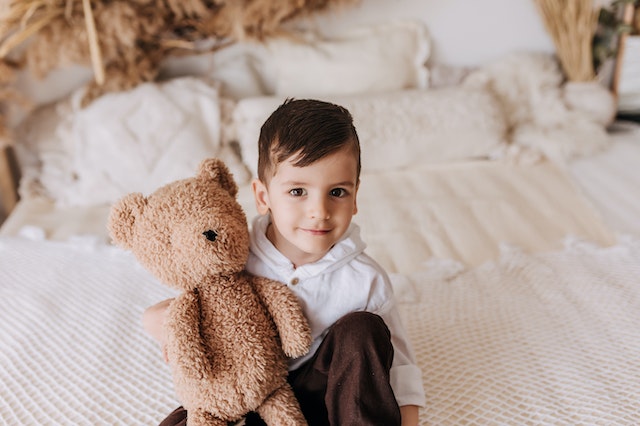Grief is a universal emotion, yet its complexities are often challenging to navigate. For children, who may be experiencing the profound feelings of loss for the first time, the journey can be even more bewildering. From the loss of a beloved pet goldfish to the profound grief of losing a grandparent or parent, every child’s experience is unique, but the need for understanding and guidance remains consistent. In this guide, we will delve deep into innovative methods to help our young ones find their way through the labyrinth of loss, ensuring they emerge with resilience and hope.
Understanding the Individuality of Grief
Every child, like every adult, experiences grief differently. The way a five-year-old processes the death of a pet might differ vastly from how a teenager does. While many commonalities exist, it’s essential to recognize the individual journey each child undertakes. While some might become silent, others might act out. One child might take solace in drawing, while another could find comfort in music. Recognizing the uniqueness of each child’s grief process is the first step to offering tailored support. By understanding their individuality, you can help them find their personal path to healing.
Creating Safe Spaces for Emotional Expression
As adults, we often have the urge to shield children from pain. Yet, it’s crucial to understand that for a child to process grief, they need the freedom to express themselves. Whether it’s through art, music, dance, or merely talking, giving them a safe space can be immensely beneficial. Encourage activities like painting or writing that allow them to channel their emotions. The key is finding healthy ways to cope, enabling them to understand and process their feelings, rather than suppressing them.
Also Read: How to Introduce Children to a Mindset of Self-Improvement
The Importance of Rituals in Healing
Rituals, whether simple or elaborate, provide a structure in the chaotic world of grief. Holding a small ceremony to say goodbye to a pet, lighting a candle in memory of a loved one, or creating a scrapbook filled with memories can offer solace. These rituals offer children tangible actions they can take amidst the overwhelming feelings of loss, allowing them to honor their feelings and the ones they’ve lost.
Using Play and Activities as Healing Tools
Play is a child’s natural way of understanding the world around them. Using play as a tool, parents and guardians can guide children through the complexities of grief. Incorporate activities that mimic real-life scenarios or leverage storytelling to help them understand and process their emotions. Engaging in social emotional learning activities towards the end of this process can further equip them with the skills needed to manage their emotions and navigate interpersonal relationships.

Encouraging Connections with Others
Grief can sometimes lead to feelings of isolation. Encourage children to connect with others who have had similar experiences. Whether it’s through support groups, online communities, or merely talking to a friend who’s been through a similar situation, these connections can provide comfort. Knowing they’re not alone in their feelings can be immensely reassuring for a grieving child.
Role of Parents and Guardians in Guiding the Journey
Parents and guardians play a pivotal role in a child’s grief journey. While it’s natural to want to protect them, it’s equally vital to equip them with the tools to understand and process their emotions. Listen without judgment, be patient, and provide consistent reassurance. Most importantly, ensure that there is open communication towards the end of this journey and beyond. Encourage them to ask questions, express their fears, and share their memories, reinforcing the idea that their feelings are valid.
Also Read: Practical Ways To Help a Grieving Friend
The Role of Time in the Healing Process
Time, they say, heals all wounds. While it might not eradicate the pain entirely, it does help soften the edges. As days turn into weeks and weeks into months, the intensity of grief can wane. However, it’s essential to remember that there’s no fixed timeline for healing. Some days might be better than others, and that’s okay. Children should be reassured that it’s normal to have ups and downs, and healing doesn’t mean forgetting. Instead, it’s about finding a way to cherish memories while moving forward. As guardians, being present through the ebbs and flows of their emotional journey and offering a comforting presence can make all the difference.
While the journey through grief can be challenging, with understanding, patience, and the right tools, children can navigate this path with resilience. As guardians, our role is to guide them, ensuring they have the support and freedom they need to process their feelings and emerge stronger. By embracing the strategies highlighted, we can help light their way through the darkness, ensuring they move forward with hope and strength.
Hey welcome to my blog . I am a modern women who love to share any tips on lifestyle, health, travel. Hope you join me in this journey!

Speak Your Mind